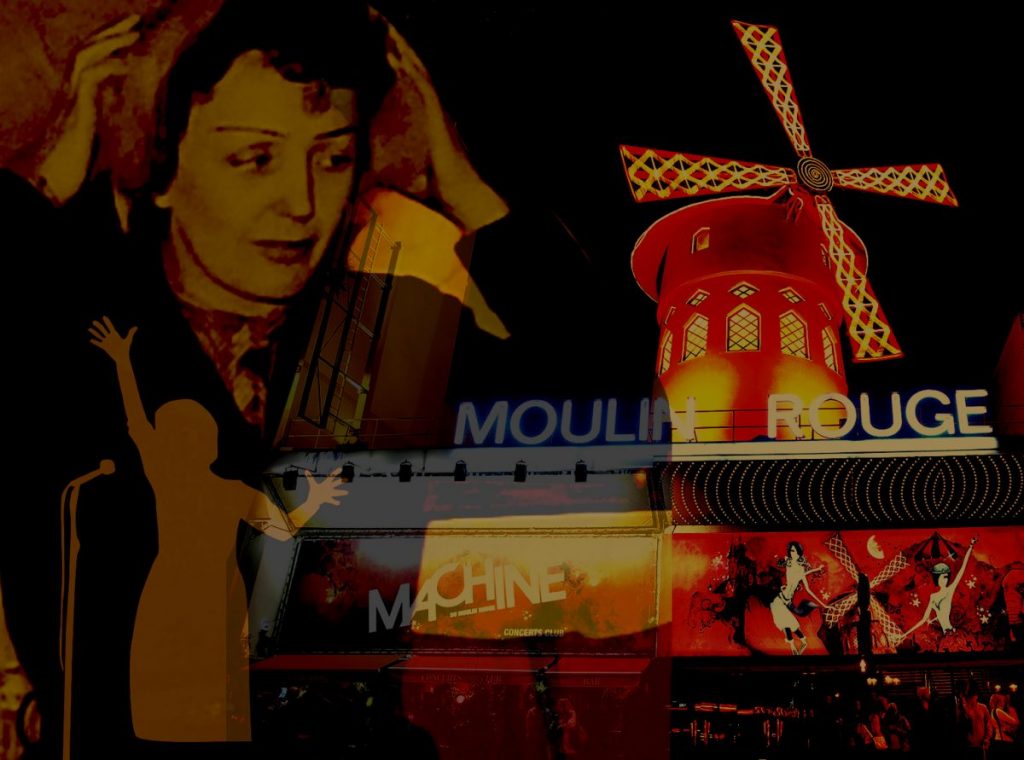
© Travelbyart
The Little Sparrow in the big Red Windmill, Edith Piaf at the Moulin Rouge and other roosts!
Édith Piaf, the world-famous singer and an icon of French music is considered by many to be the greatest French chanteuse of all time.
Beginning with her first performance at Le Gerny in 1933 until the day she died at the age of forty-seven, Édith Piaf never left the spotlight. She captured the attention of her age with her unique voice and extraordinary personality. Her life was deeply colored by both love and tragedy, and she lived it to the full at a frantic pace. Loyal to her friends, generous and helpful to fellow musicians and even to her rivals, Piaf had a heart that was truly legendary.
She achieved lasting fame in the 1950s, when she broke attendance records by packing the famous Paris Olympia music hall for two months, giving one and sometimes even two concerts every day. Later she broke her own record, performing for three months straight. It was to be her last venue before she died. The artist remarked ironically that the real reason for the record attendance was that the audience kept coming in such great numbers to see her die on stage.
We follow the footsteps of Edith Piaf in Paris, visiting places where she used to sing.
Café Juan-les-Pins
See it on Map: rue Jean-Baptiste Pigalle
Today the Café Juan-les-Pins in Pigalle no longer exists, but it was the first venue where Édith Gassion (later Piaf) gave her first professional performances. The café’s owners allowed her to sing inside on a regular basis but Piaf never acknowledged this venue as her stage début.
She started performing at the café soon after her daughter’s death, when she became involved with a brutal pimp named Albert. She claimed that she never worked for him as a prostitute but, rather, sang and gave him protection money. In exchange he allowed her to perform in the better spots of Pigalle.
At the same time, between 1934 and 1935, Piaf was granted permission to sing in front of L’Ange rouge, which, soon closed however, due to an underworld turf war.
The place where Piaf was discovered
See it on Map: avenue MacMahon and rue Troyon

Piaf had few favorite places in Paris to sing on the street. The corner of avenue MacMahon and rue Troyon was one of them. This place changed Édith’s life. © Travelbyart
In October 1935, Louis Leplée spotted Édith busking in a small square on the corner of the rue Mac-Mahon and Troyon. When the girl finished singing Les deux ménétriers, the owner of Le Gerny cabaret approached her and reportedly said: “Are you crazy? You are ruining your voice”, and then asked her to audition at his nightclub. It was the breakthrough that changed Édith’s life.
The moment Leplée heard Édith, he recognized her talent and had no doubts that she would become a star. He would go on to serve her as mentor, patron, and friend.
Le Gerny Cabaret
See it on Map: 54, rue Pierre-Charron
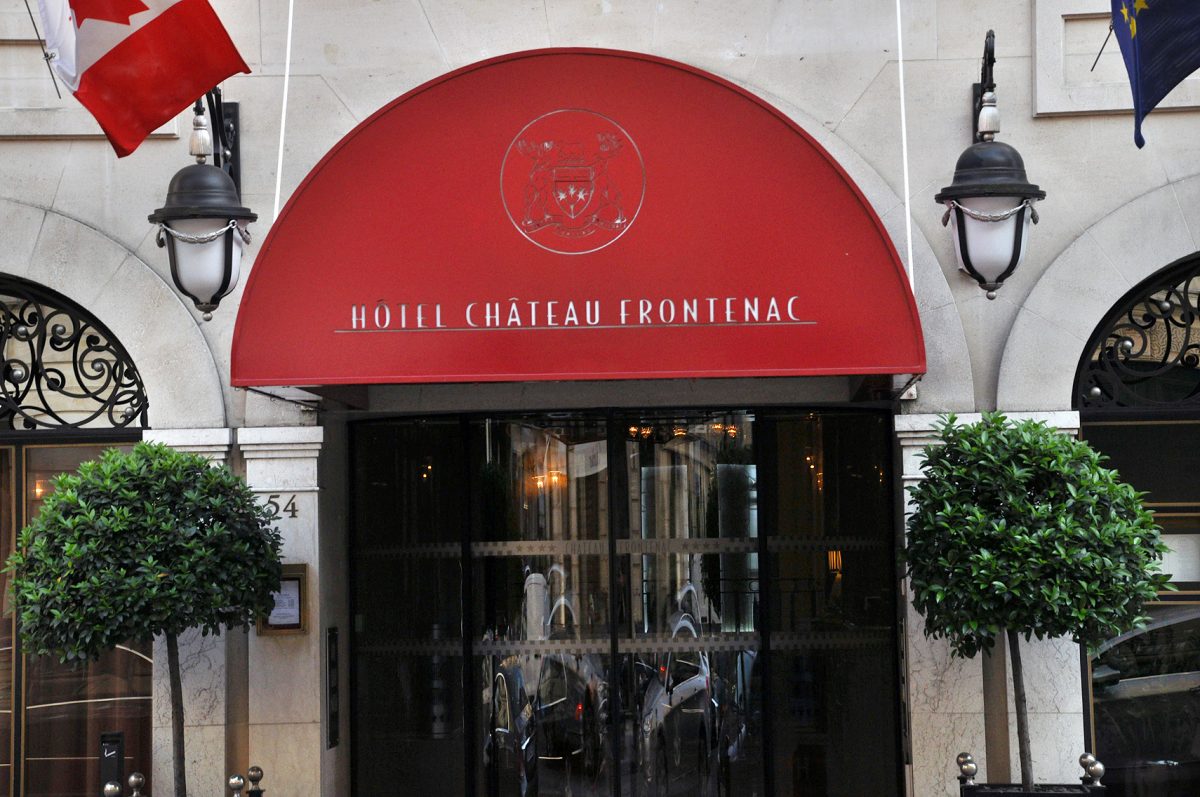
Today Hôtel Château Frontenac on the place of a former cabaret. © Travelbyart
Today, on the former premises of Le Gerny Cabaret now stands the Hôtel Château Frontenac.
Louis Leplée, the owner of Le Gerny cabaret, discovered Édith in October 1935. He convinced her to wear a simple black dress and almost no makeup. He wanted her to look like the girl he had met on the street. He also invented her nickname – La Môme Piaf (the Little Sparrow), which she later adopted permanently as her stage name, becoming the famous Édith Piaf.

Piaf in 1936 on colourized photo. © East News / Travelbyart app
When the girl finished singing Les deux ménétriers, the owner of Le Gerny cabaret approached her and reportedly said: “Are you crazy? You are ruining your voice”, and then asked her to audition at his nightclub.
Piaf would sing at Le Gerny for almost seven months. All of Paris was talking about her performances and wanted to see the talented waif discovered by Leplée. During that time she met many celebrities and illustrious personalities representing the entertainment industry, including the singer and actor Maurice Chevalier, as well as Jacques Canetti, the most influential music executive and talent agent of the time, who hired Piaf to give concerts on the radio and enabled her to record her first albums with Polydor Records.
Cabaret l’Alhambra
See it on Map: 50, rue de Malta
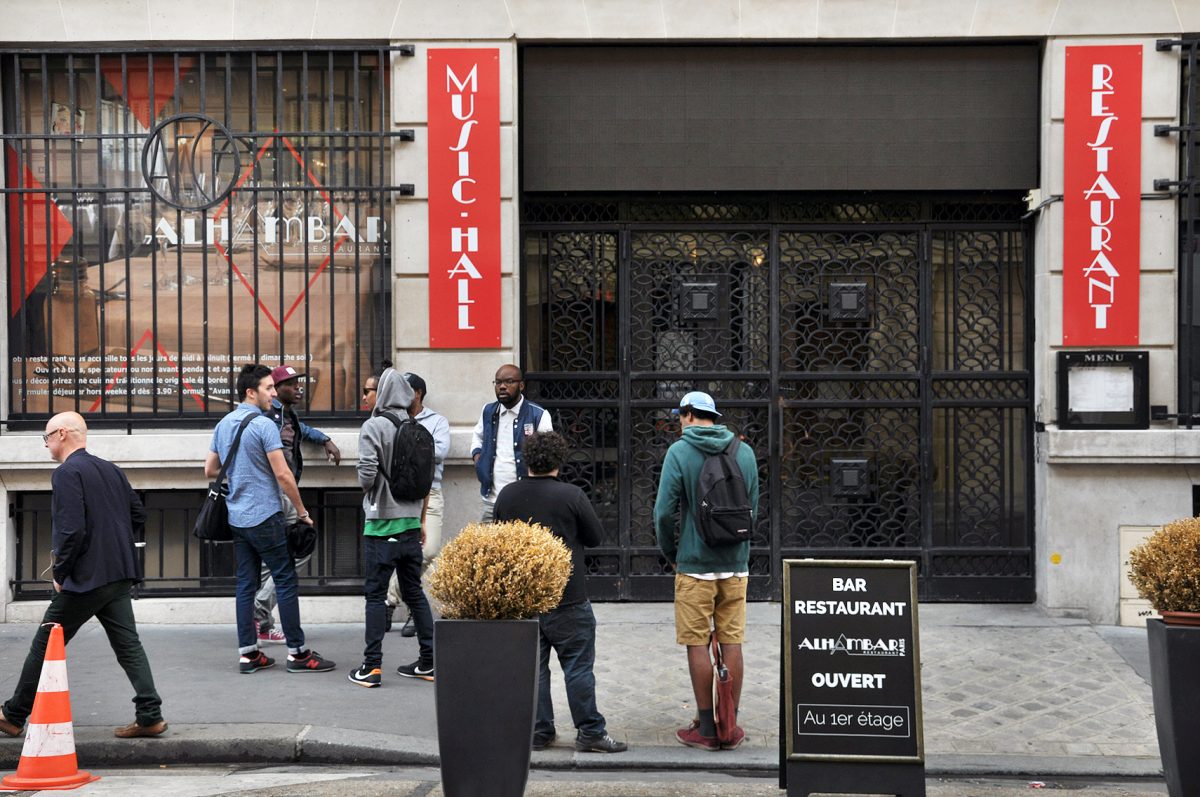
Beside the music hall, there is also a restaurant serving traditional French cuisine. © Travelbyart
Formerly located at 50, rue de Malta (until 1967), the “hall for all types of music” moved to 21, rue Toudi in 2008, only 300 meters away from its original location.
Piaf performed at the cabaret after her successful début at Le Gerny. In the following years, she would occasionally return to l’Alhambra with her repertoire. At that time, her top song was L’Étranger, recorded in cooperation with Polydor Records in 1936.
Théâtre de l’ABC (l’ABC music hall)
See it on Map: 11, boulevard Poissionniere
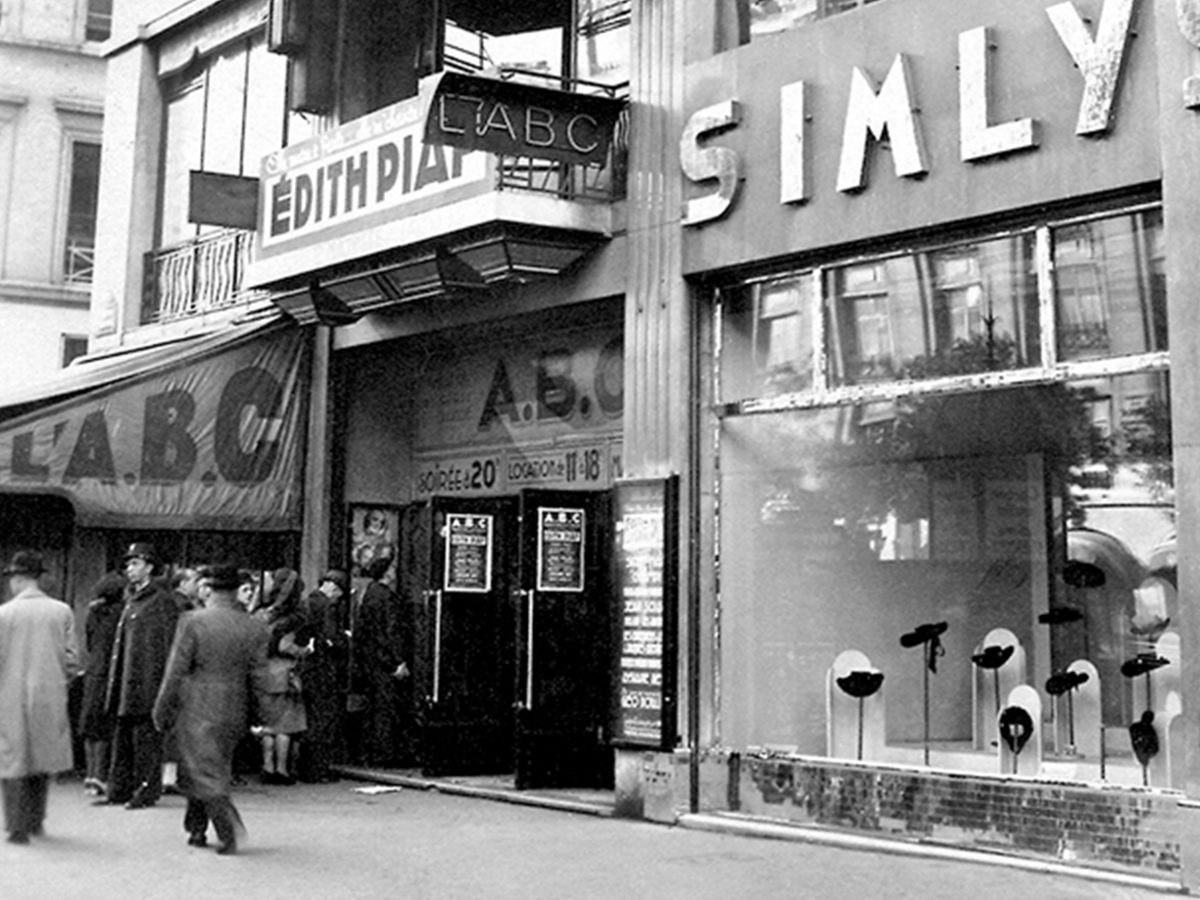
Today vaudeville theatre no longer exists. Piaf became one of the biggest star of the ABC in 1937. She performed also during occupation. © East News / Travelbyart app
Today, the building which housed the theatre no longer exists.
Piaf’s mentor, the poet Raymond Asso, helped Édith to obtain a contract at the then prestigious Théâtre de l’ABCvaudeville theatre. Her recitals were a hit and Piaf instantly became one of the biggest stars of the ABC. She performed there in 1937 and then again for three years during the German occupation (1941-44.)
After the Second World War, Piaf returned to de l’ABC with the musical La P’tit Lili (1951), playing next to her then lover, the actor and singer Eddie Constantine.
L’Europeen Music Hall
See it on Map: 5, rue Biot
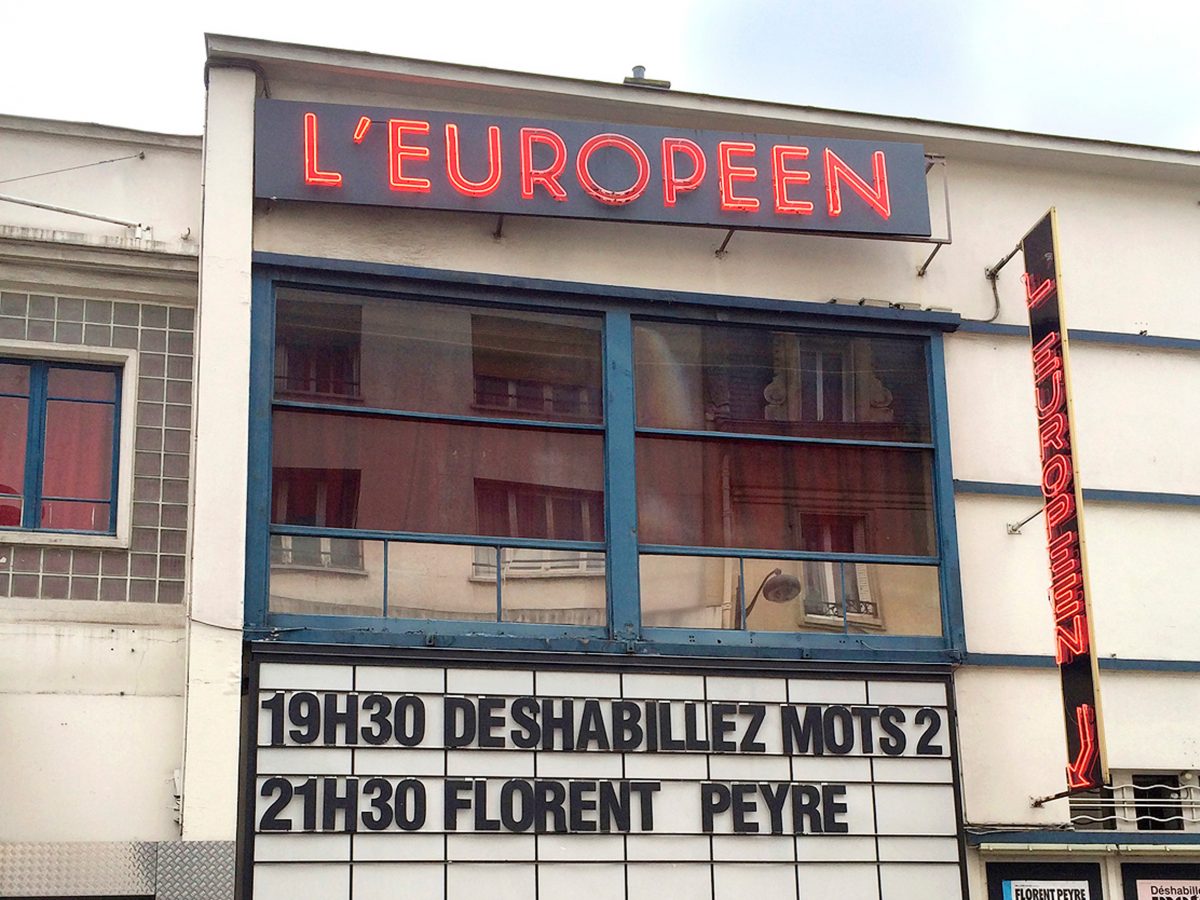
In 1939 Piaf performed in the hall of L’Européen with the French actor and singer Fernandel © Travelbyart
In 1939, Piaf performed in the hall of L’Européen together with the French actor and singer Fernandel.
At that time, she was singing, among others, Elle Fréquentait la Rue Pigalle.
Moulin Rouge
See it on Map: 82, boulevard de Clichy
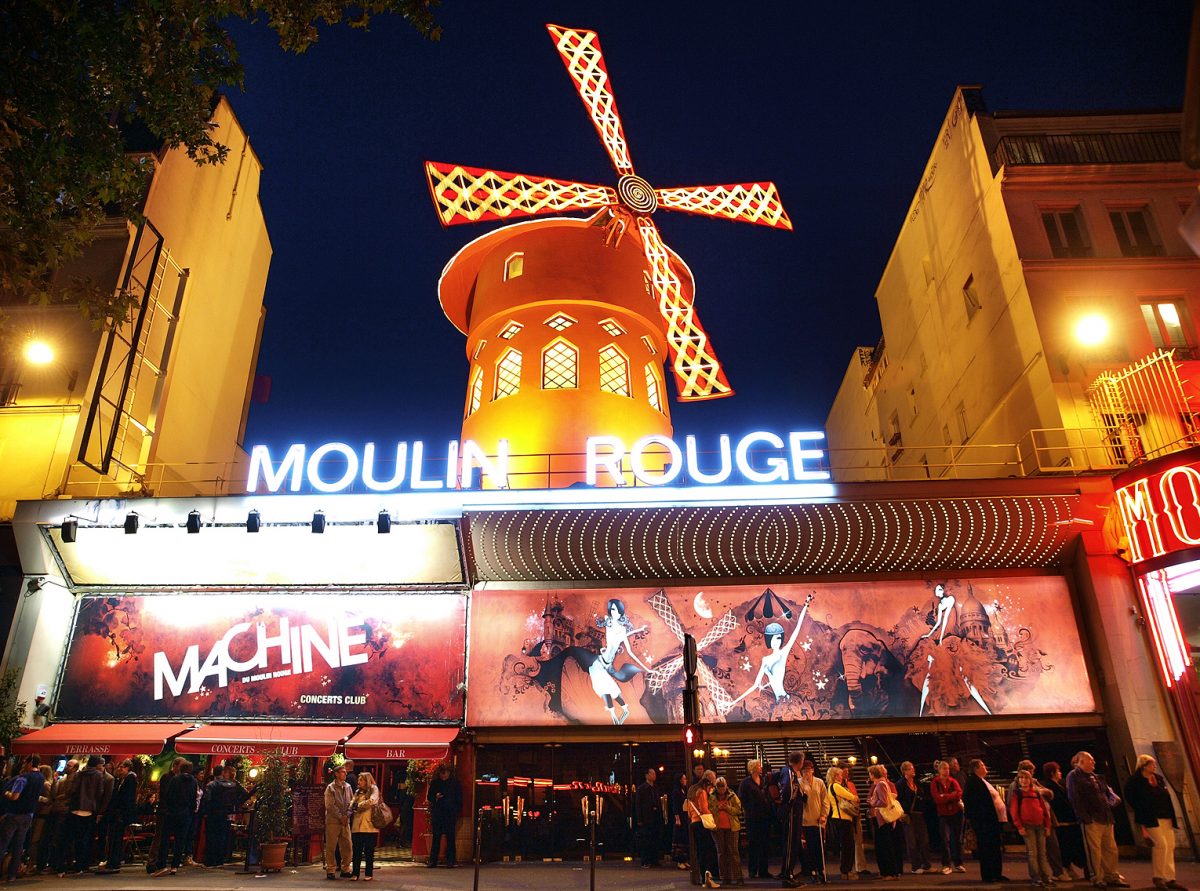
Édith Piaf arrived on stage at the Moulin Rouge in the spring of 1944. She met here Yves Montand, her future lover. © East News / Travelbyart app
The most legendary cabaret in Paris. Opened in Montmartre in 1889 by Joseph Oller and Charles Zidler, who also owned the Paris Olympia. Currently, the venue presents cinema screenings and cabaret performances. It owes much of its fame to its colorful troupes of cancan and topless dancers. It is also recognized for its unique architecture with its iconic red windmill sails that have become an enduring symbol of Paris nightlife. “Tout Paris” (all of Paris) was invited to the opening – aristocrats, exclusive courtesans, and artists. The success was enormous.
In the spring of 1944, Piaf arrived on stage at the Moulin Rouge, where she met Yves Montand. The first reaction of the grande dame of French song was revulsion – she thought Montand was just an ordinary entertainer with an awful Marseilles accent. He was not very fond of her either. One evening, after a performance at the Moulin Rouge, Piaf decided to give Montand another chance. She realized that he had potential and took him under her wing to nurture him professionally. Montand later admitted that he was bewitched by the artist and soon after the two became lovers.
One evening, after a performance at the Moulin Rouge, Piaf decided to give Montand another chance. She realized that he had potential and took him under her wing to nurture him professionally. Montand later admitted that he was bewitched by the artist and soon after the two became lovers.
Under Piaf’s rigorous tutelage, Montand soon became one of the most famous singers in France. Not only did Piaf discover, mentor, coach and support him, she also made him a part of her act. They started performing together, but their concerts were not very successful due to the discrepancies in their repertoires. After a tour of France, Montand took his career in his own hands. In 1946, the couple played leading roles in Marcel Blistène’s film, the melodrama Étoile sans lumière (Star Without Light). The film, however, was not a major success.
Théâtre Bobino
See it on Map: 20, rue de la Gaîté
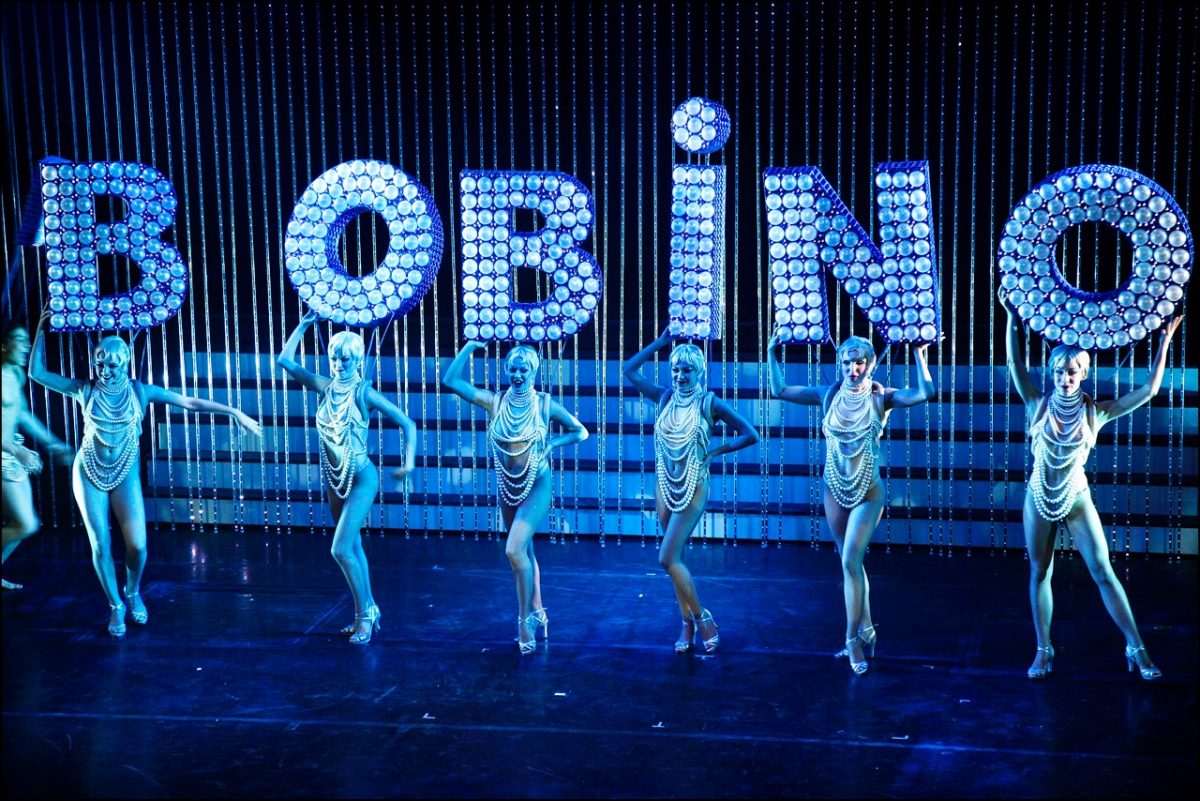
The Bobino is considered to be a more ambious version of the Moulin Rouge. Piaf staged here in 1945 – at first, with Montand, later, she gave solo performances accompanied by a pianist or accordionist. © BEW / Travelbyart app
The Bobino is a music hall theatre dating from 1912. It is considered to be a more ambitious version of the Moulin Rouge. Among the artists who performed at the Bobino were: Josephine Baker, Jacques Brel and Charles Aznavour.
Piaf performed at the Bobino in 1945. At that time, she gave a series of recitals singing new songs written for her by the poet and composer Michel Emer, who was the author of twenty of her songs. At the Bobino, she would sing, among others, De l’autre côté d’la rue and J’m’en fous pas mal.
At first, Piaf gave concerts with Yves Montand, but later she gave solo performances accompanied by a pianist or accordionist. After parting with Montand, and starting a new relationship with the leader of Les Compagnons de la Chanson, Jean-Louis Joubert, Piaf changed her repertoire. From then on she would also sing Es trois cloches and Dans les prisons de Nantes, Céline
Club des Cinq
See it on Map: 13, rue du Faubourg-Montmartre
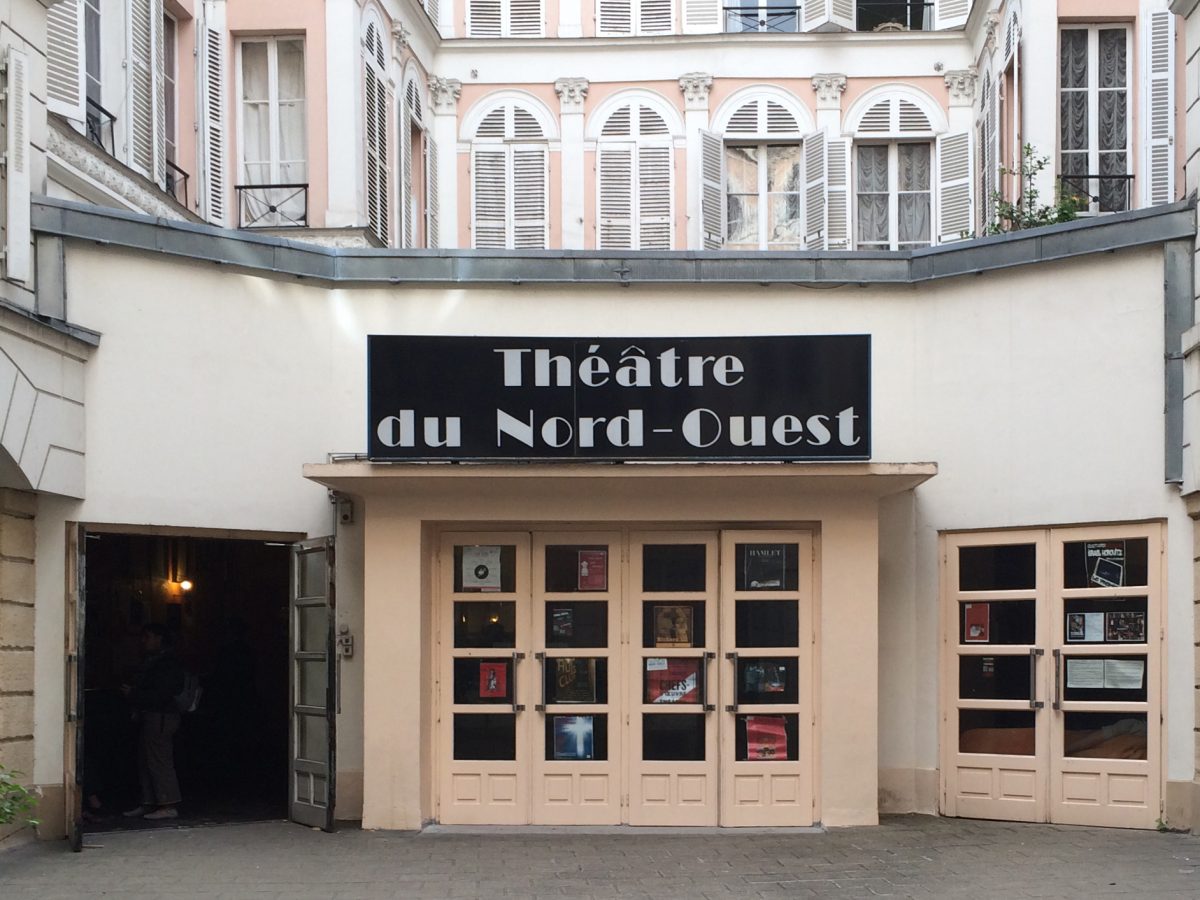
In 1946, Édith Piaf and Yves Montand gave a series of recitals at the Club des Cinq. She also met here her future lover, Marcel Cerdan. © Travelbyart
In 1954, the Club des Cinq, formerly known as the Central de la Chanson, was transformed into the Cinéma Nord-Ouest. In 1991, the cinema was converted into a music hall called le Passage du Nord-Ouest, where rock and jazz concerts were organized. In 1997, the venue changed yet again and today it is the Théâtre du Nord-Ouest.
In 1946, Édith Piaf and Yves Montand gave a series of recitals at the Club des Cinq. Piaf frequented the place with the poet and screenwriter Jacques Prévert and with the film director Marcel Carné. She also met there with Jean Gabin and Marlene Dietrich. Other famous guests include Jean-Paul Sartre and Ernest Hemingway who would often visit the Club des Cinq to listen to Piaf sing.
During this time, Piaf was introduced to the French pied noir boxer Marcel Cerdan and fell in love with him. Later, she would say that her life was divided into two periods: the time “before Cerdan” and the time “after Cerdan”.
Not long before Cerdan won the world middleweight championship and became a French national hero, the two began a passionate and complicated love affair. Cerdan was married with two children with a third on its way – hence it was almost impossible for him to get a divorce. They had to be discreet. They would meet between Piaf’s triumphal concerts and foreign tours, including lengthy stays in the United States, and Cerdan’s numerous fights (he won 119 out of 123 fights). Their affair lasted until October 1949, when Cerdan died in a plane crash flying from Paris to New York. In tribute to her deceased love, Piaf recorded one of her most famous songs L’hymne a l’amour.
Olympia music hall
See it on Map: 28, boulevard des Capucines
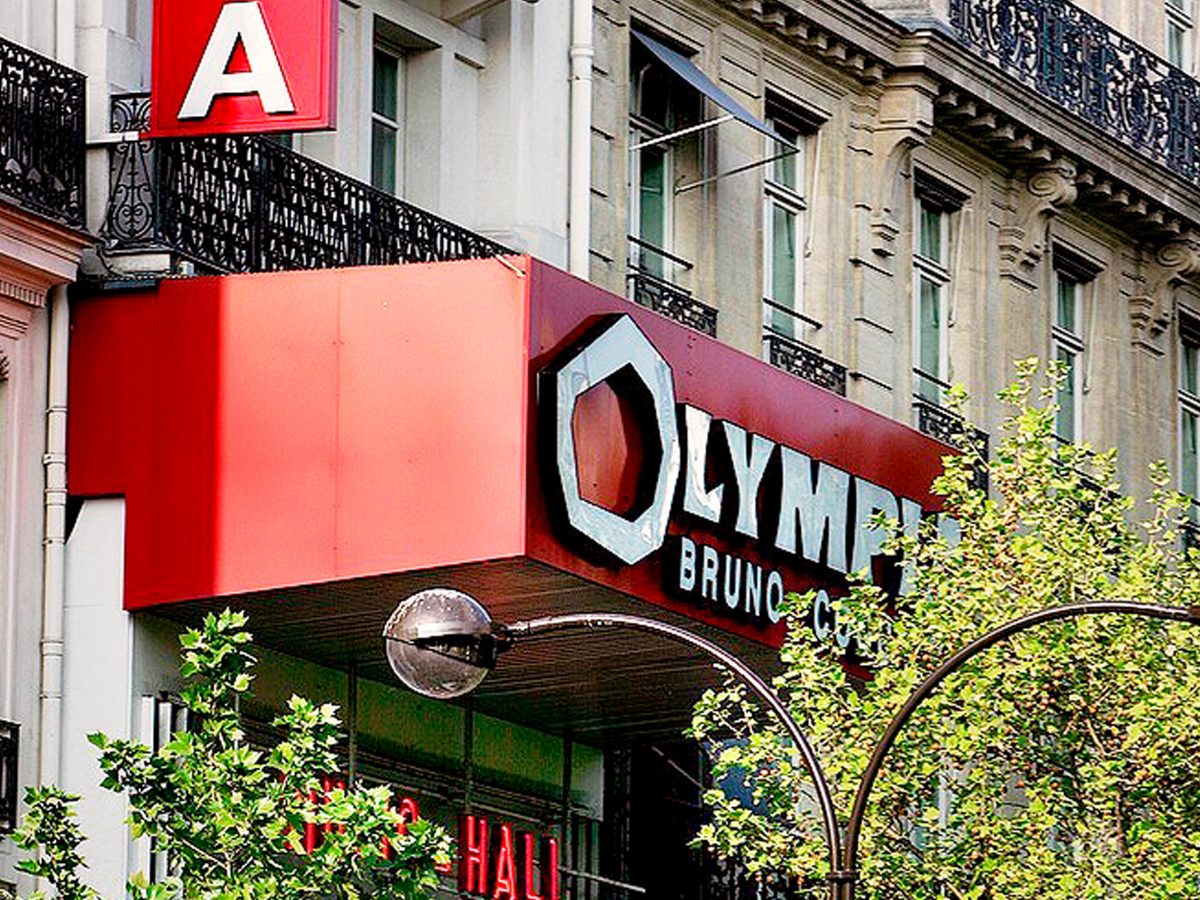
The Olympia – the oldest music hall in Paris © East News / Travelbyart app
The Olympia is the oldest music hall in Paris, founded in 1888 by Joseph Oller, the creator of the Moulin Rouge.
Read also: John, Yoko, and the Beatles in La Ville-Lumière
Piaf’s performances at the Olympia in 1945 were a major success and a personal triumph for the singer. She sang there almost every day for a month to packed houses, sometimes giving two recitals a day. No one before her had achieved such great acclaim or played on so many consecutive days.
Piaf’s performances at the Olympia in 1945 were a major success and a personal triumph for the singer. She sang there almost every day for a month to packed houses, sometimes giving two recitals a day. No one before her had achieved such great acclaim or played on so many consecutive days.
Piaf broke her own attendance record in 1955, when she performed every day at the Olympia for two months. She made further triumphant appearances in 1956 and 1958, and broke her own record once again in 1962, not long before her death, when she agreed to stage her last extended run at the Olympia, an event that saved the legendary music hall from bankruptcy. For her last performances, she gave concerts for three months that were recognized as extraordinary and historic.
